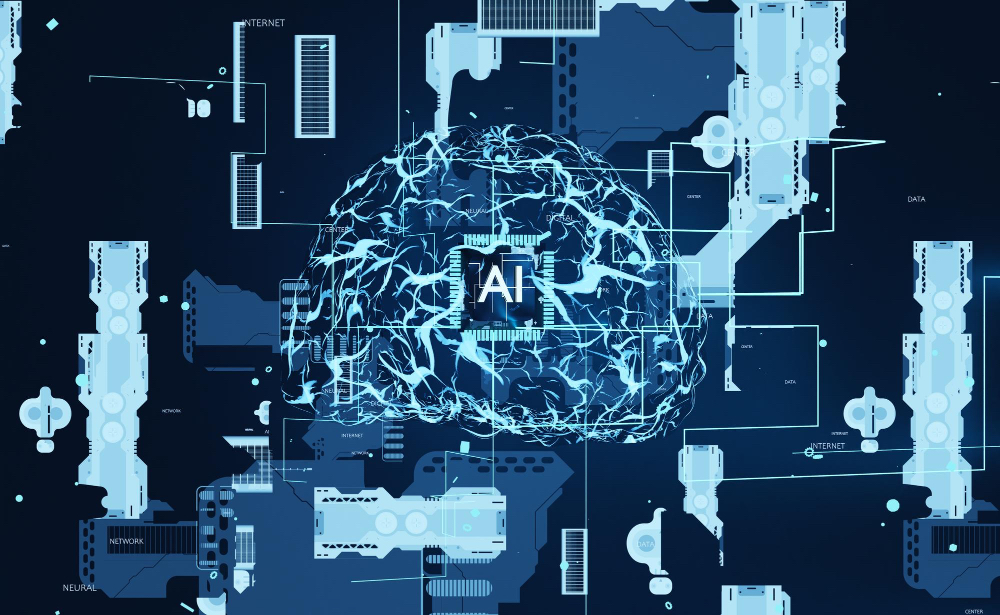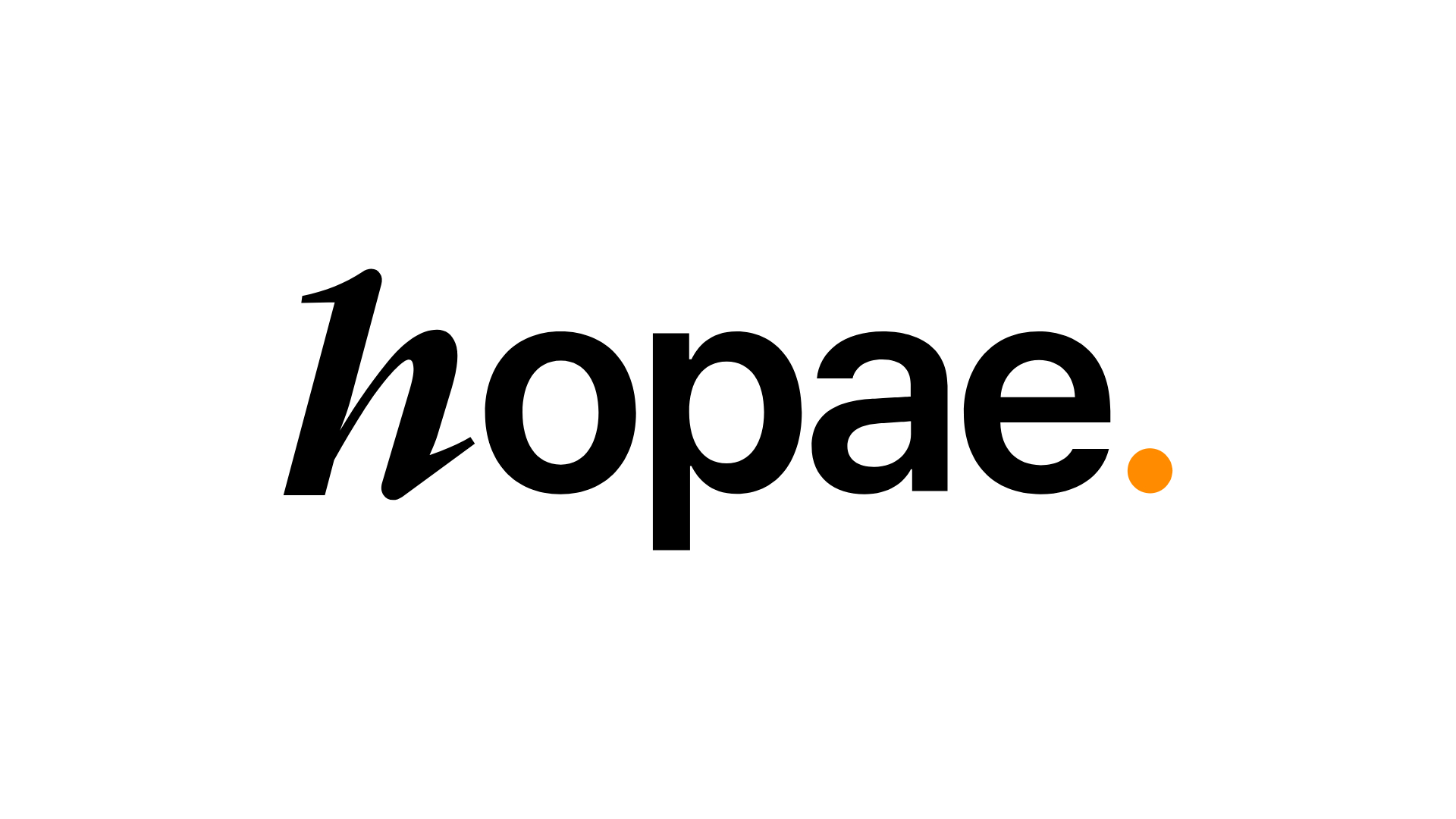Apple says its AI leadership is shifting as John Giannandrea prepares to leave the company. Amar Subramanya, a veteran of Google and Microsoft, will take over AI research and development. The move comes after delays to promised Siri upgrades.
Subramanya will report to software chief Craig Federighi and lead work on foundation models, machine learning research, and AI safety. Apple says his arrival reflects the company’s push to accelerate progress in these areas. Giannandrea will remain an adviser until early next year.
Multiple reports say internal pressure had grown as deadlines for Apple Intelligence features slipped. Senior leaders held private discussions on the future direction of the organisation. The reshuffle followed concerns that Apple had fallen behind competitors in core AI capabilities.
Giannandrea had previously overseen both Siri and AI models before responsibilities were split. Vision Pro architect Mike Rockwell now leads the development of the voice assistant. Apple says Giannandrea played a key role in shaping the company’s early AI work.
Chief executive Tim Cook praised both executives and framed the transition as part of a broader strategy. Apple says it remains committed to delivering a more personalised Siri next year. The company is positioning the leadership change as a step toward faster progress.
Would you like to learn more about AI, tech, and digital diplomacy? If so, ask our Diplo chatbot!










